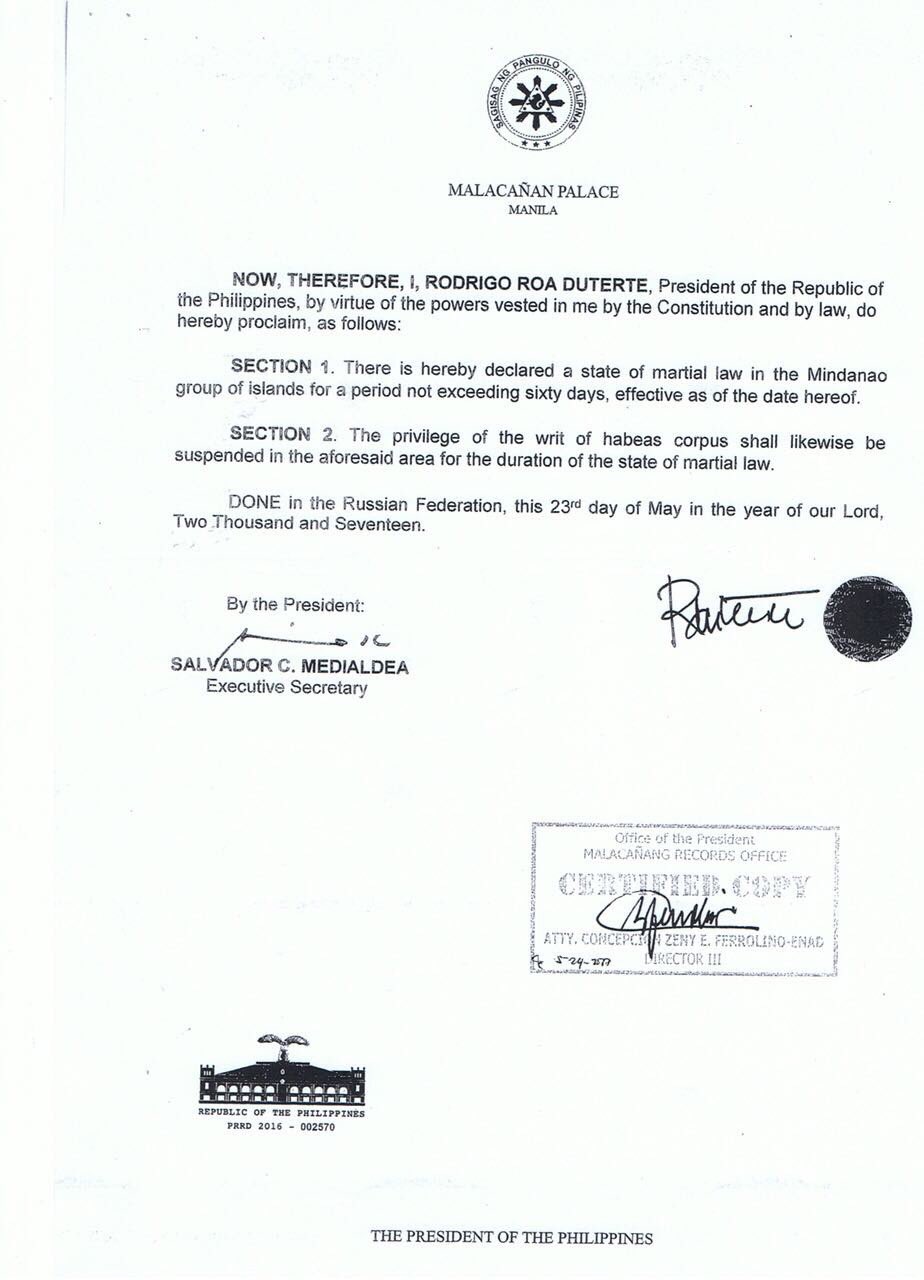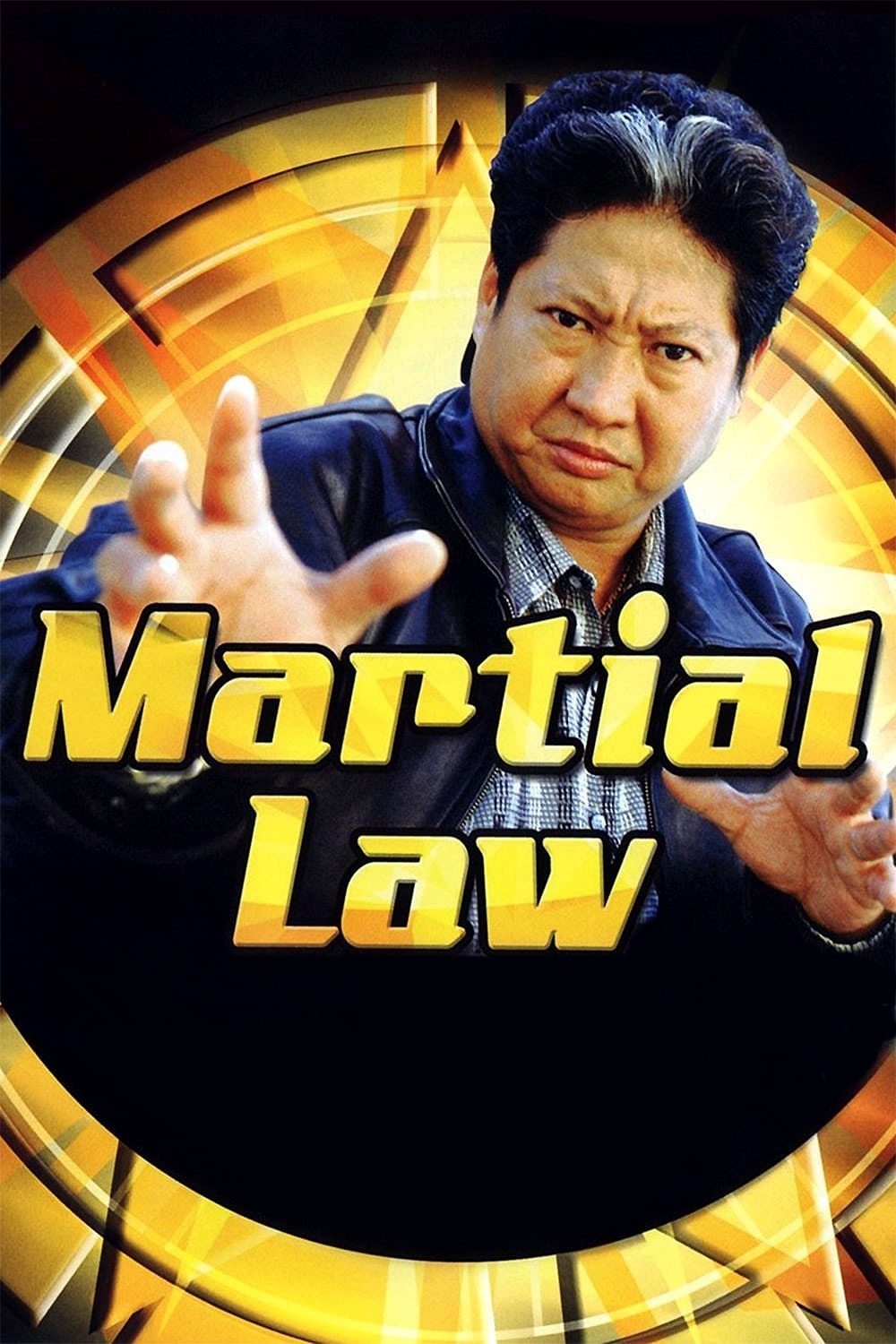
We know that the attack was staged because Enrile himself confessed to it in an interview with the New York Times in 1986. On September 22, Marcos’ Defense Minister Juan Ponce Enrile staged an attack on his own motorcade. This council became known as the Rolex Twelve, because Marcos gave each of them a Rolex watch after he had established his dictatorship.

Marcos began convening regular meetings of a cabal of ten military leaders and two civilians to arrange the details of martial law. At the beginning of 1972, he met with Indonesian dictator Suharto, who had risen to power in the genocidal crushing of the mass Indonesian Communist Party in 1965-66, to discuss the tactics of establishing military rule. Marcos had the military stage bombings throughout Manila in 1971-72, to provide a pretext for his declaration. There was unanimity in the entire ruling class that dictatorship was necessary to prevent the emergence of a revolutionary struggle for power by the Filipino working class and oppressed masses. The elite opponents of Marcos fought to secure the reins of the coming dictatorship for themselves they did not fight to defend democracy. Marcos’ proclamation was part of a rising tide of global authoritarianism. The response of the ruling elite was to turn to dictatorial forms of rule. The demonstrations and strikes in the Philippines paralleled similar events throughout the world. What distinguished Marcos’ imposition of military rule from the attempts of his predecessors was the global crisis of capitalism in the late 1960s and early 1970s, that produced conditions of mass upheaval and revolutionary situations internationally. A number of prior presidents had threatened to impose military rule-ending elections, closing the legislature, and suspending the writ of habeas corpus.

The framework for military dictatorship in the Philippines had been erected by the United States, which enshrined the presidential power of martial law in the Constitution of its former colony, prior to granting independence. The ruling elite discussed it in the legislature, and major daily papers published statements advocating or denouncing it. Protests denouncing the threat of martial law had repeatedly shaken Manila over the previous two years. Although the date of its imposition was unexpected, everyone in Philippine politics had been openly discussing its likelihood since the beginning of 1970. He used his military dictatorship to remain in power until 1986, when a mass movement ousted him and a section of the military and Washington withdrew their support for his rule. Using its dictatorial powers, Marcos oversaw a brutal crackdown on the working masses of the Philippines. On September 23, 1972, forty-eight years ago today, Philippine President Ferdinand Marcos issued Proclamation 1081, imposing martial law on the country.


 0 kommentar(er)
0 kommentar(er)
